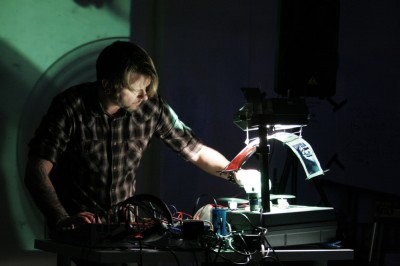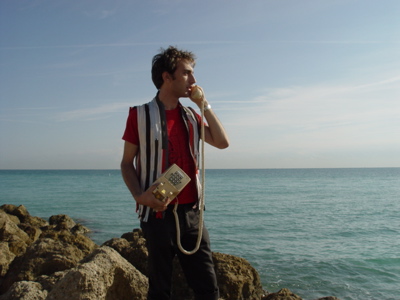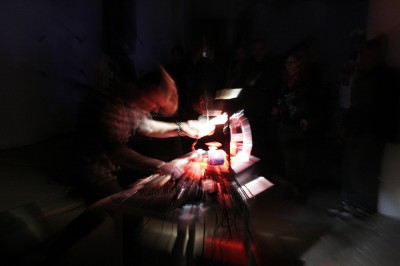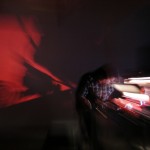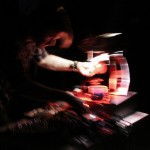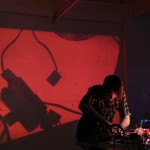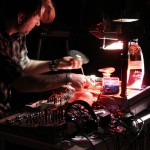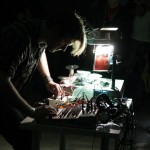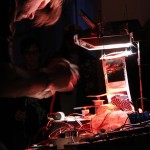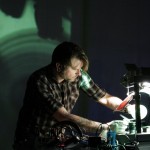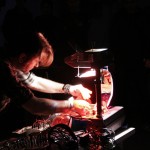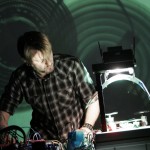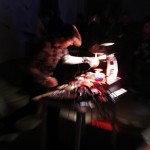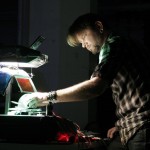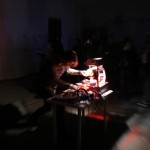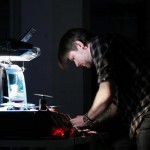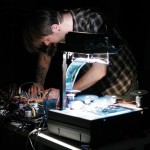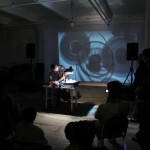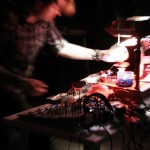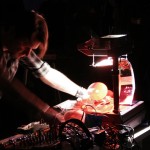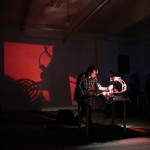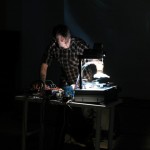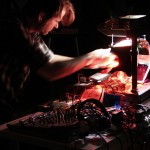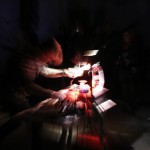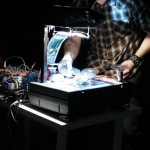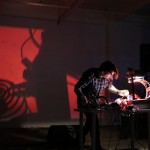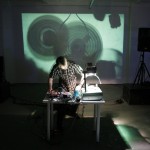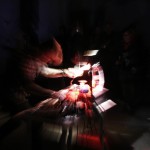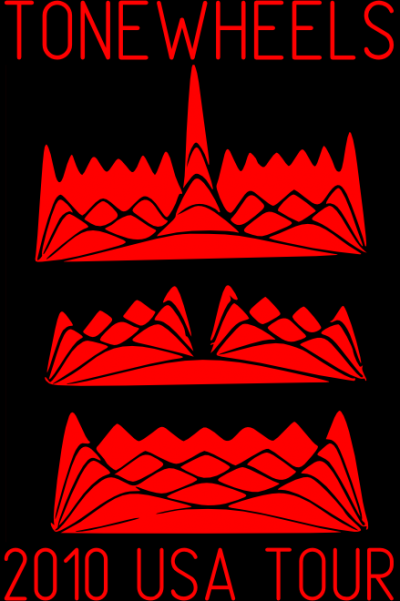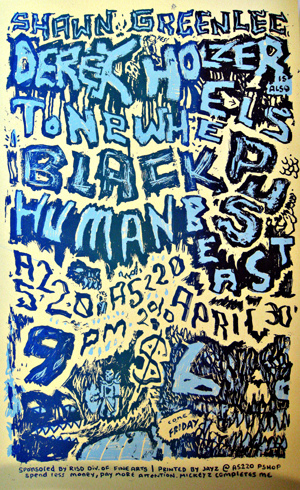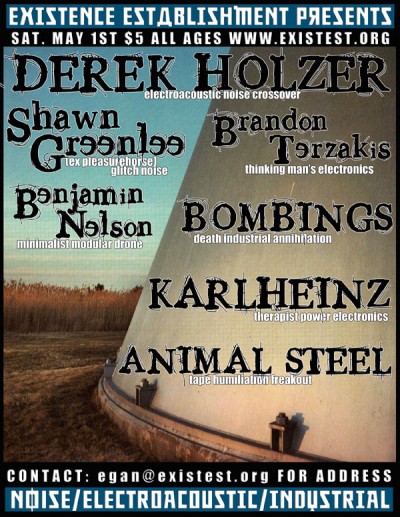Bent Fest Interview II + update(!!!)
Posted in Text on April 30th, 2010 by admin1. Can you explain the process of putting together your live performance? How exactly are you making the different forms/colors of light affect the audio output?
The TONEWHEELS performance uses the same technology found in film projectors which use optical motion picture soundtracks. The amount of light which falls on a photodetector modulates an electrical current, which can then be connected to a speaker to make audio. The sounds are created by printing the waveforms I want to play on transparent spinning discs, and placing these discs on motors with a variable speed control. This process was also used for the famous Optigan organ made by Mattel in the 1970’s, as well as by a number of avante-garde composers, filmmakers and instrument inventors such as Daphne Oram, Jacques Dudon, Evgeny Murzin, Norman McLaren and Evgeny Scholpo.
2. What aspect(s) of circuitbending motivate you the most?
I’ve mentioned at other times that I don’t really consider myself a “circuit bender”, since I rarely take commercially available devices or toys and hack them. But the meme of circuit bending is interesting to me–the idea that people can re-purpose things which are normally considered “black boxes” in our electronic culture, that they can break them down into simpler things and reassemble them in new, fantastic ways. I find this idea very challenging to the consumer-industrial status quo of selling us new stupid gadgets every year, forcing us to discard the old ones without every considering how we could transform them into something else–or even build our own new things from scratch. I’d be much more interested in constructing some DIY caveman communications device myself instead of running out to buy the latest iPhone…
Tristan Perich of Loud Objects takes his self-made mobile phone everywhere. No camera, no games, no texting, no BS.
3. Some of the performances at Bent could be described as ‘music,’ while others are better described as noise/sound art. Your work seems to lean toward the latter, but which category do you feel you fall into, if any?
In every kind of music, the art form is in some way determined by the technology. But no where is this more apparent than in electronic music, which is full of gear and software which makes it easier and easier to make music–so long as it fits into a very highly predetermined genre or style. I don’t think of what I do as any less “musical” than europop, trance techno, dubstep or whatever other trend the kids are into these days. The difference is that my work is determined by very different technological choices and processes. As well as by a huge collection of heavy metal and hardcore records!
4. Do you feel like there is a division among circuitbenders who use these different approaches?
I can’t really answer that question except to say that I appreciate it much more when artists try to step outside the box and create something that is unique and personal to them instead of simply playing the kind of sounds they think other people will dance to.
5. What do you hope that someone new to circuitbending will take away from going to an event like Bent Fest?
I would hope that someone coming to Bent for the first time would recognize that there as many ways to do electronics and sound with electronics as there are artists who do those things, and that they might get some inspiration to move beyond being passive consumers of music/technology and become active creators on their own.
Bent Fest Highlights
Bodytronix‘s insane metropolis of self-made gear, :::vtol:::‘s lovely little boxes and warm personality, Peter Edwards/casperelectronics‘ beautifully abstract set (even after some douchebag ripped off one of his $300 creations from the merch table!!!!), KBD‘s weird post-everything space out session, Phillip Stearn‘s incredible neural network of lights as well as his festival photos, Daniel Fishkin of LÖWENZAHN’s magick-bent electronic folk, hearing a few minutes of Todd Bailey‘s Analog Video Synthesis and Bending lecture (although it sucked to have to miss most of it!) and finally figuring out WTF a Brass Monkey is late Saturday night (although I regretted it the next day)… Thanks again to Brendan and Suzanne and all the volunteers for pulling this thing off!
Update!!!!
The Sommerville show at the Starlab next Saturday has been relocated due to flooding! The new location is in Cambridge, MA at MIT Building N52, 265 Massachusetts Ave. Get there before 9pm or you will have to phone a number posted on the door to come inside. The door will look like this:

Now Playing
frank popper–origins and development of kinetic art book[1968 new york graphic society]
guy brett–kinetic art: the language of movement book[1968 studio vista]
joe colley and jason lescalleet–annihilate this week[2006 korm plastics]
kevin drumm–second reissue[1999/2010 perdition plastics]
mudboy–impossible duets lp[2010 hundebiss](thx raphael!!!)
